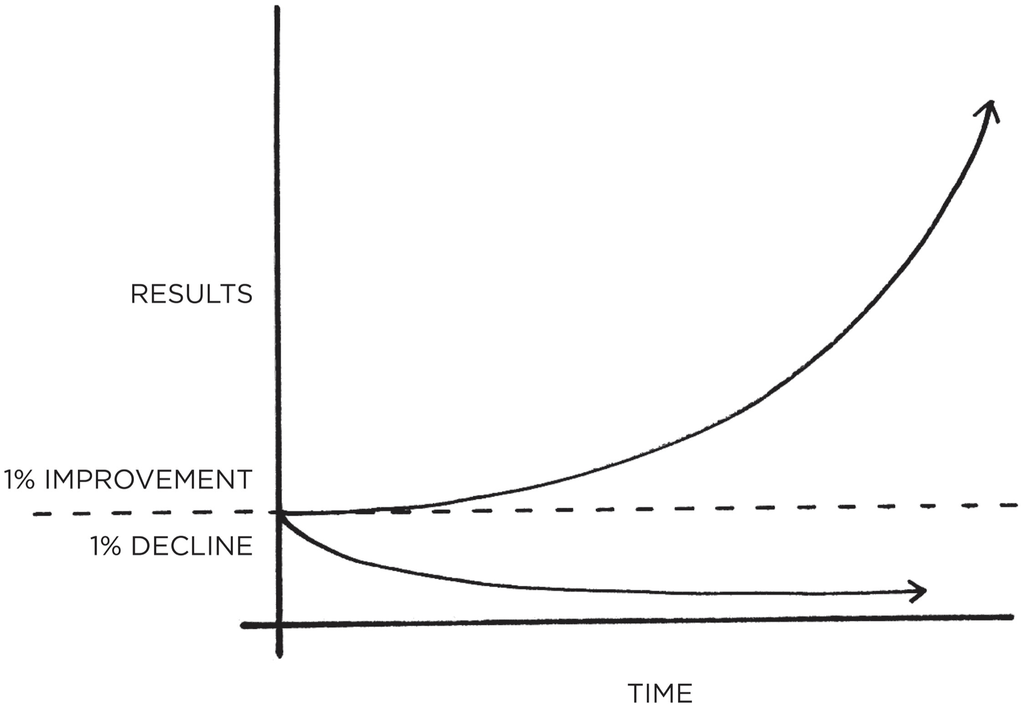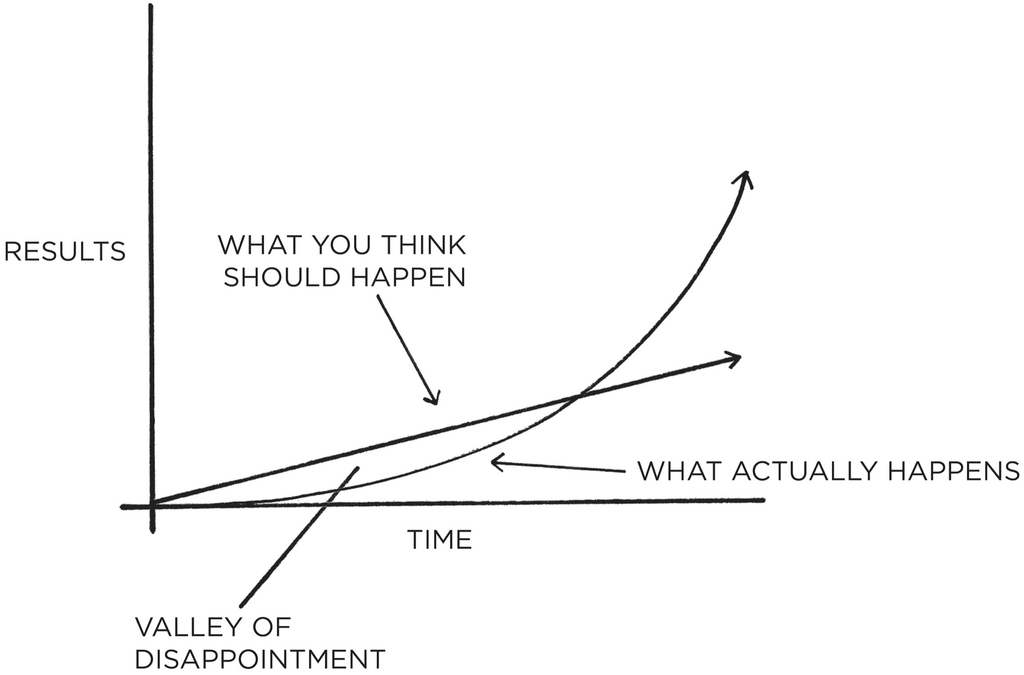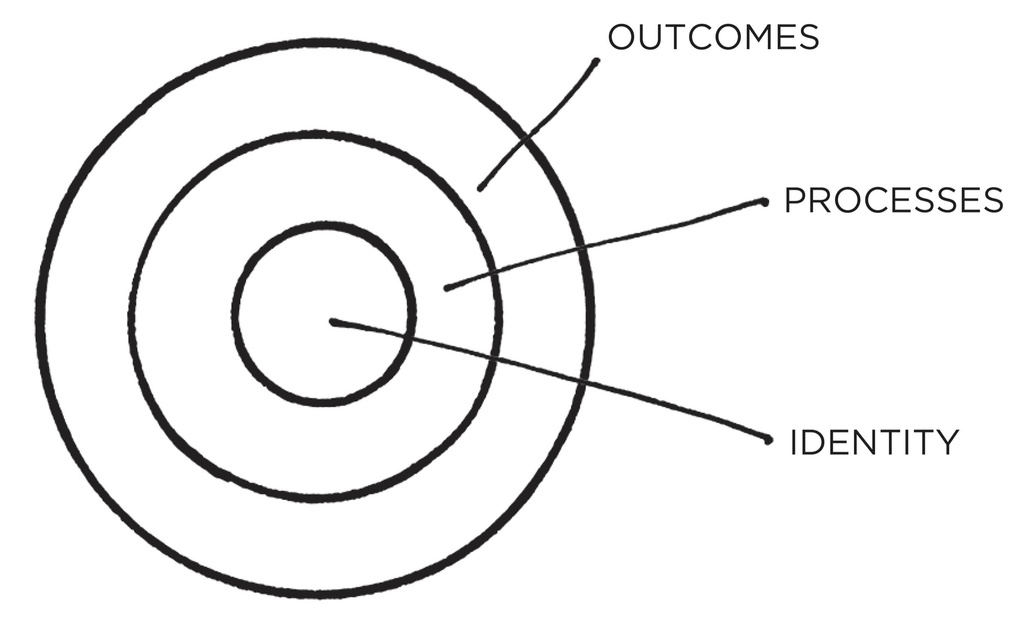Atomic Habits By James Clear
These are my personal book notes of Atomic Habits by the author James Clear.
Let’s dive in.
Facts
- Author: James Clear
- Title: Atomic Habits
- Subtitle: An Easy And Proven Way To Build Good Habits And Break Bad Ones
- First published: 2018
- Type: non-fiction
- Genre: self-help / personal development / habits
- Author’s website: jamesclear.com
- Additional resources: here
- Rating: 5/5
- Recommended: Yes
Table Of Contents Of The Book
- Introduction: My Story
- The Fundamentals - Why Tiny Changes Make a Big Difference
- 1. The Surprising Power of Atomic Habits
- 2. How Your Habits Shape Your Identity (and Vice Versa)
- 3. How to Build Better Habits in 4 Simple Steps
- The 1st Law - Make It Obvious
- 4. The Man Who Didn’t Look Right
- 5. The Best Way to Start a New Habit
- 6. Motivation Is Overrated; Environment Often Matters More
- 7. The Secret to Self-Control
- The 2nd Law - Make It Attractive
- 8. How to Make a Habit Irresistible
- 9. The Role of Family and Friends in Shaping Your Habits
- 10. How to Find and Fix the Causes of Your Bad Habits
- The 3rd Law - Make It Easy
- 11. Walk Slowly, but Never Backward
- 12. The Law of Least Effort
- 13. How to Stop Procrastinating by Using the Two-Minute Rule
- 14. How to Make Good Habits Inevitable and Bad Habits Impossible
- The 4th Law - Make It Satisfying
- 15. The Cardinal Rule of Behavior Change
- 16. How to Stick with Good Habits Every Day
- 17. How an Accountability Partner Can Change Everything
- Advanced Tactics - How to Go from Being Merely Good to Being Truly Great
- 18. The Truth About Talent (When Genes Matter and When They Don’t)
- 19.The Goldilocks Rule: How to Stay Motivated in Life and Work
- 20. The Downside of Creating Good Habits
- Conclusion: The Secret to Results That Last
- Appendix
Key Concepts & Ideas
It is so easy to overestimate the importance of one defining moment and underestimate the value of making small improvements on a daily basis.
Too often, we convince ourselves that massive success requires massive action.
Whether it is losing weight, building a business, writing a book, winning a championship, or achieving any other goal, we put pressure on ourselves to make some earth-shattering improvement that everyone will talk about.
Meanwhile, improving by 1 percent isn’t particularly notable - sometimes it isn’t even noticeable - but it can be far more meaningful, especially in the long run.
The difference a tiny improvement can make over time is astounding.
Here’s how the math works out:
If you can get 1 percent better each day for one year, you’ll end up thirty-seven times better by the time you’re done.
Conversely, if you get 1 percent worse each day for one year, you’ll decline nearly down to zero.
What starts as a small win or a minor setback accumulates into something much more.
1% Better Every Day
- 1% worse every day for one year: 0.99^365 = 00.03
- 1% better every day for one year: 1.01^365 = 37.78

The effects of small habits compound over time.
For example, if you can get just 1 percent better each day, you’ll end up with results that are nearly 37 times better after one year.
Habits are the compound interest of self-improvement.
The same way that money multiplies through compound interest, the effects of your habits multiply as you repeat them.
Success is the product of daily habits - not once-in-a-lifetime transformations.
Your outcomes are a lagging measure of your habits.
You get what you repeat.
Your Habits Can Compound In Both Directions
Let’s take a look at each one:
Positive Compounding
- Productivity compounds. Accomplishing one extra task is a small feat on any given day, but it counts for a lot over an entire career. The effect of automating an old task or mastering a new skill can be even greater. The more tasks you can handle without thinking, the more your brain is free to focus on other areas.
- Knowledge compounds. Learning one new idea won’t make you a genius, but a commitment to lifelong learning can be transformative. Furthermore, each book you read not only teaches you something new but also opens up different ways of thinking about old ideas. As Warren Buffett says, “That’s how knowledge works. It builds up, like compound interest.”
- Relationships compound. People reflect your behavior back to you. The more you help others, the more others want to help you. Being a little bit nicer in each interaction can result in a network of broad and strong connections over time.
Negative Compounding
- Stress compounds. The frustration of a traffic jam. The weight of parenting responsibilities. The worry of making ends meet. The strain of slightly high blood pressure. By themselves, these common causes of stress are manageable. But when they persist for years, little stresses compound into serious health issues.
- Negative thoughts compound. The more you think of yourself as worthless, stupid, or ugly, the more you condition yourself to interpret life that way. You get trapped in a thought loop. The same is true for how you think about others. Once you fall into the habit of seeing people as angry, unjust, or selfish, you see those kind of people everywhere.
- Outrage compounds. Riots, protests, and mass movements are rarely the result of a single event. Instead, a long series of microaggressions and daily aggravations slowly multiply until one event tips the scales and outrage spreads like wildfire.
Breakthrough moments are often the result of many previous actions, which build up the potential required to unleash a major change.
It’s a hallmark of any compounding process: the most powerful outcomes are delayed.
Mastery requires patience.
The Plateau Of Latent Potential

We often expect progress to be linear.
At the very least, we hope it will come quickly.
In reality, the results of our efforts are often delayed.
It is not until months or years later that we realize the true value of the previous work we have done.
This can result in a “valley of disappointment” where people feel discouraged after putting in weeks or months of hard work without experiencing any results.
However, this work was not wasted.
It was simply being stored.
It is not until much later that the full value of previous efforts is revealed.
The purpose of setting goals is to win the game.
The purpose of building systems is to continue playing the game.
True long-term thinking is goal-less thinking.
It’s not about any single accomplishment.
It is about the cycle of endless refinement and continuous improvement.
Ultimately, it is your commitment to the process that will determine your progress.
You do not rise to the level of your goals. You fall to the level of your systems.
Three Layers Of Behavior Change

There are three layers of behavior change:
- a change in your outcomes,
- a change in your processes, or
- a change in your identity.
The first layer is changing your outcomes.
This level is concerned with changing your results: losing weight, publishing a book, winning a championship.
Most of the goals you set are associated with this level of change.
The second layer is changing your process.
This level is concerned with changing your habits and systems: implementing a new routine at the gym, decluttering your desk for better workflow, developing a meditation practice.
Most of the habits you build are associated with this level.
The third and deepest layer is changing your identity.
This level is concerned with changing your beliefs: your worldview, your self-image, your judgments about yourself and others.
Most of the beliefs, assumptions, and biases you hold are associated with this level.
Outcomes are about what you get.
Processes are about what you do.
Identity is about what you believe.
With outcome-based habits, the focus is on what you want to achieve.
With identity-based habits, the focus is on who you wish to become.
Behavior that is incongruent with the self will not last.
You may want more money, but if your identity is someone who consumes rather than creates, then you’ll continue to be pulled toward spending rather than earning.
You may want better health, but if you continue to prioritize comfort over accomplishment, you’ll be drawn to relaxing rather than training.
It’s hard to change your habits if you never change the underlying beliefs that led to your past behavior.
You have a new goal and a new plan, but you haven’t changed who you are.
The ultimate form of intrinsic motivation is when a habit becomes part of your identity.
It’s one thing to say I’m the type of person who wants this.
It’s something very different to say I’m the type of person who is this.
True behavior change is identity change.
- The goal is not to read a book, the goal is to become a reader.
- The goal is not to run a marathon, the goal is to become a runner.
- The goal is not to learn an instrument, the goal is to become a musician.
The Simple Two-Step Process For Change
- Decide the type of person you want to be.
- Prove it to yourself with small wins.
Ask yourself:
“Who is the type of person that could get the outcome I want?”
Once you have a handle on the type of person you want to be, you can begin taking small steps to reinforce your desired identity.
Your habits shape your identity, and your identity shapes your habits.
The focus should always be on becoming that type of person, not getting a particular outcome.
How To Create A Good Habit
- The 1st law (Cue): Make it obvious.
- The 2nd law (Craving): Make it attractive.
- The 3rd law (Response): Make it easy.
- The 4th law (Reward): Make it satisfying.
How To Break A Bad Habit
- Inversion of the 1st law (Cue): Make it invisible.
- Inversion of the 2nd law (Craving): Make it unattractive.
- Inversion of the 3rd law (Response): Make it difficult.
- Inversion of the 4th law (Reward): Make it unsatisfying
Additional (Printable) Resources From James Clear
- Can be found here
Closing Thoughts
My book notes only cover small parts of the book.
So if you like what you read, please consider buying the book from the author.
Thank you for reading and stay awesome,
Tim for Online Business Dude
PS: Start Your Own, Profitable Online Business From Scratch, Step-by-Step, Today!
